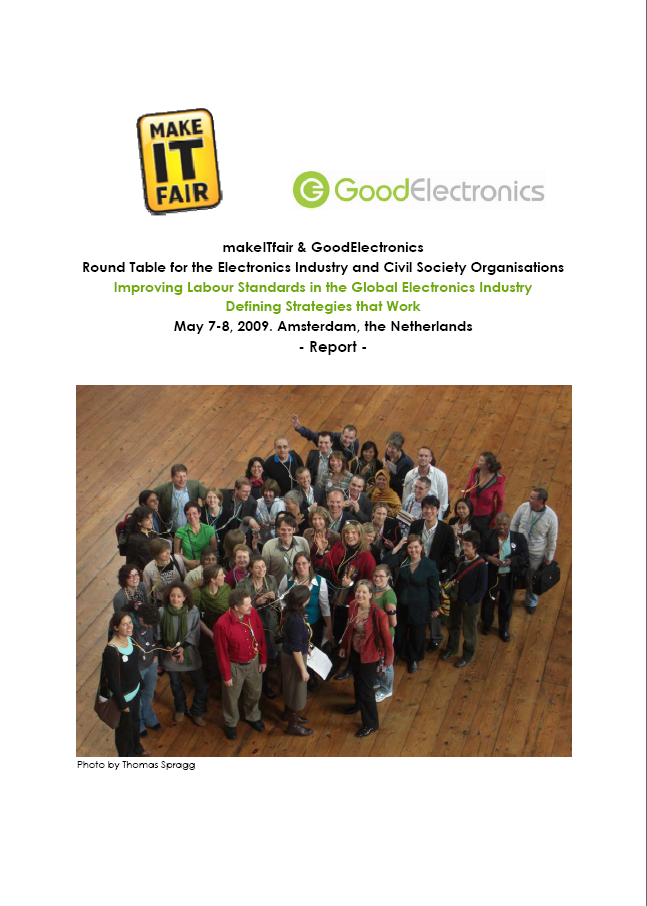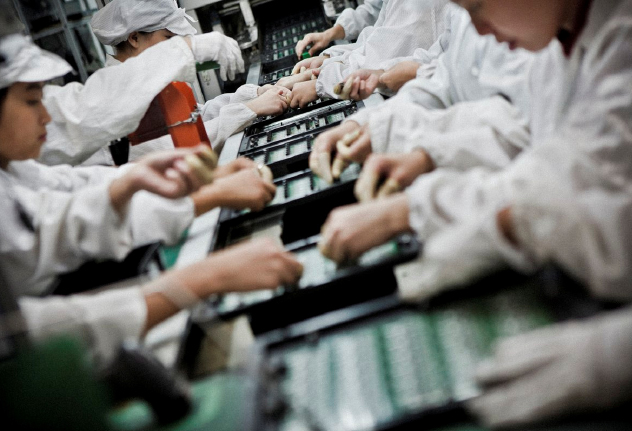
Dragging out the best deal
How billion dollar margins are played out on the backs of electronics workers
In the electronics sector, direct labour costs generally represent only 2% of the factory selling price. This article explains how an electronic product that is priced $100 when it leaves the factory has a $500 retail price. This, while the workers making the product work for low wages and often work in substandard health and safety conditions. To improve working conditions in the electronics sector, the financial relationships between Electronic Manufacturing Services (EMS) – such as Flextronics, Foxconn and Jabil – and brand names companies of consumer electronics – such as Apple, HP, Lenovo, Dell, Acer, Asus, LG – need to be understood. As of now, corporate efforts to improve workers conditions are flawed social audits and ad hoc responses to tragic event, and have fallen short of what is needed. Author of the article Tony Harris says whether we like it or not, costs, speed and flexibility are the factors businesses base their primary decisions on. Quality, sustainability and social responsibility are secondary or tertiary add-ons in the primary nature of business decision makers. In this article, Harris shows where the economic tension between EMS providers and the brands comes from and how these billion dollar tensions play out on the backs of impoverished workers who are willing to give up their nights sleep for a few dollars more for basic cost coverage as well as remittance to feed their families. Harris article shows it is all about margins, looking into the standard mark-up on the factory price, the technique of Purchase Price Variance (PVV) and the Profit Life Cycle of fast moving consumer electronics.
Do you need more information?
-

Alejandro González
Senior Researcher
Partners
Publication
Related content
-

-

-
 ‘How do we connect?’ makeITfair and GoodElectronics Round Table report on-linePosted in category:NewsPublished on:
‘How do we connect?’ makeITfair and GoodElectronics Round Table report on-linePosted in category:NewsPublished on: -
Apple Manufacturer Foxconn Makes Employees Sign ‘No Suicide’ PactPosted in category:NewsPublished on:
-
Foxconn and Apple Fail to Fulfill Promises Published on:Posted in category:Publication
-
 Foxconn suicides forgotten, back to business as usual? New SACOM report released.Posted in category:NewsPublished on:
Foxconn suicides forgotten, back to business as usual? New SACOM report released.Posted in category:NewsPublished on: -
 Suicides at Foxconn in China: an appalling showcase for the electronics sectorPosted in category:NewsPublished on:
Suicides at Foxconn in China: an appalling showcase for the electronics sectorPosted in category:NewsPublished on: -

-
-
Linking labour issues in China to global brands Published on:Posted in category:Publication



